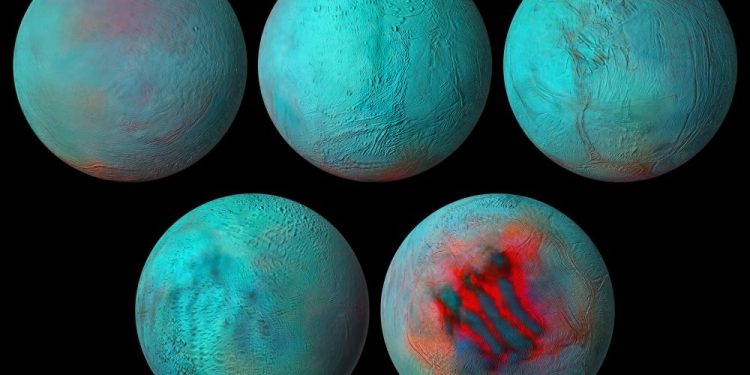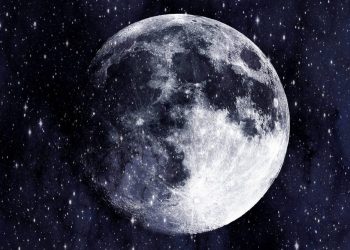Finding life outside of Earth and more specifically, in the Solar System, has always captivated the human mind. For centuries, we have been staring at the stars in search of similar but equally strange civilizations.
Shortly after the telescope was discovered, Enlightenment scientists spoke of “river channels” built on Mars, or of the deep jungle lurking beneath the clouds of Venus. The space race of the middle of the last century has negatively answered the hopes of previous generations of scientists and dreamers.
Earth is the only planet on which there is an intelligent life form in the Solar System. However, many experts believe that we should not give up the search for life within outer space. Although no “river channels” have been built on Mars, it is quite possible that there are microorganisms there. Finding life, albeit in a rather primitive form outside of Earth, would be the most important event in human history.
Discovering even the simplest bacteria outside of Earth would teach us a great deal about the origin of life and its ability to grow in the universe. And as we know from our own planet – life is diverse and can withstand even the harshest conditions.
Although many of us consider the current 2020 to be one of the most difficult years, it may be a turning point in the search for life outside our planet. Within a month, signs of its presence on Venus were discovered, as well as large pools of liquid water on Mars. However, this does not end the places where there may be life in the solar system.
1. Venus
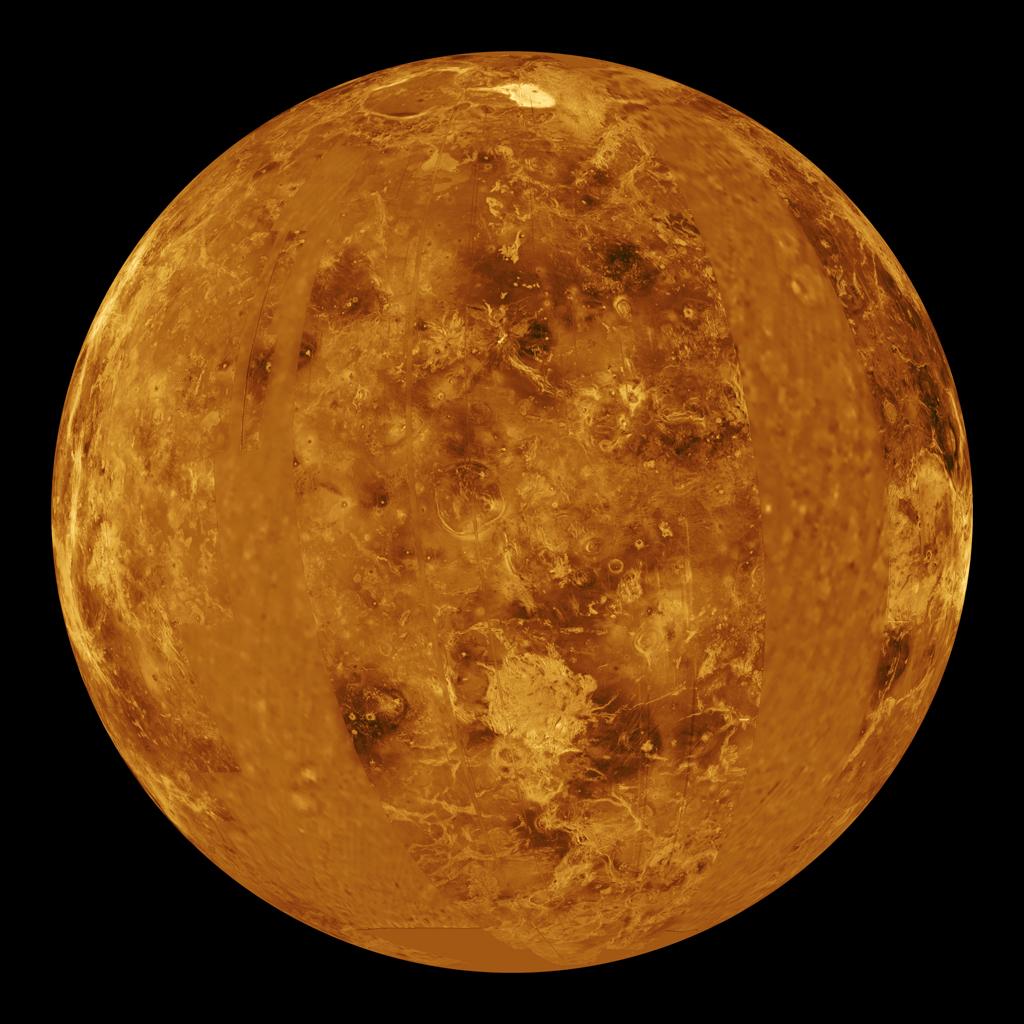
At first glance, the living conditions of Venus are extremely difficult. The surface pressure is nearly 100 atmospheres, the planet is the hottest in the solar system with an average temperature of about 500 ° C.
At an altitude of about 60 kilometers above the surface of Venus, however, temperatures are similar to those in the tropics of Earth. The discovery of the colorless phosphine gas in the atmosphere of Venus has enthused the scientific community.
Its origin on earth is associated with bacteria that secrete it during their life processes. In theory, it is quite possible that there are anaerobic microorganisms in the higher parts of Venus. The conditions are right, and phosphine is good evidence.
There are chemicals and compounds in the planet’s atmosphere that can be used for food. In addition, some form of photosynthesis is likely to feed the organisms carried by the currents of Venus. Scientists reveal that billions of years ago, Venus was not the “Hell world” we know today.
There was even liquid water on its surface. For unknown reasons, the greenhouse effect has transformed the planet into an extremely inhospitable world. Will we discover the first signs of life forms in the Solar System on Venus?
2. Mars
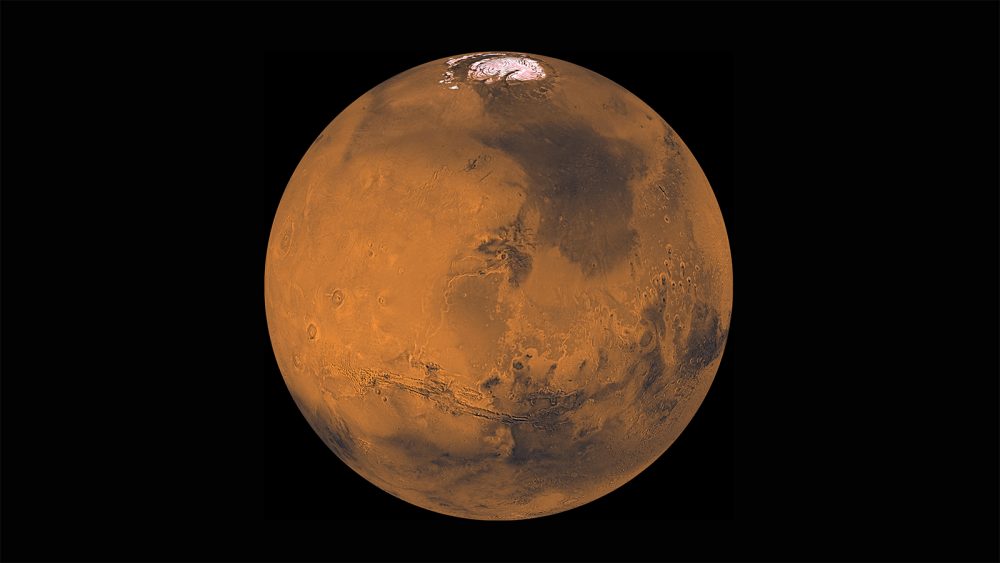
The red planet has long been considered an alien home. In the past, Mars had oceans and seas, oxygen was much higher, and the atmosphere was much denser.
To date, however, the Red Planet is a desert world, without a magnetosphere, with a loose atmosphere and difficult living conditions. That’s right, but only at first glance.
Recent research shows that there is liquid water on Mars. It is located in salt pools hidden under the ice cover of the poles and colder parts of the planet.
In addition to the liquid water basins hidden under the Martian ice, condensed water is leaking on some of the slopes of the Red Planet. Methane has also been discovered on Mars, and the presence of gas in the atmosphere is seasonal.
Scientists are still debating whether it is of biological origin. In any case, in the past on the Red Planet, there were conditions for the emergence of microorganisms that may have been stored under the soil or in the still liquid water basins hidden around the poles of Mars.
3. Europa

Jupiter’s moon, Europa, is perhaps one of the most livable places in the solar system.
The moon has no atmosphere and the surface temperature is lower than -100 degrees Celsius. At a depth of several tens of kilometers, the icy surface of the planet ends and passes into a global underground ocean of liquid water, the amount of which is greater than that of Earth.
According to one hypothesis, in the oceans below the surface of Europa (if they really exist), there is probably life similar to that of terrestrial deep-sea hydrothermal chimneys or Antarctic Lake Vostok.
Lines on the planet’s surface indicate the presence of salts such as magnesium sulfate, as well as various sulfur and iron compounds. This means that at the bottom of the global ocean there are processes that can provide heat and food for the development of life.
4. Enceladus

Saturn’s moon, Enceladus, is like a smaller copy of Europe. The differences are mainly related to the smaller size and the observed giant eruptions of geysers.
The presence of liquid water and the presence of a global ocean beneath the moon’s surface make it very suitable for the emergence of life similar to Earth’s. Scientists believe they may even send a mission to study the water released by the geysers for the presence of microorganisms, although this is quite difficult.
In fact, in addition to Enceladus and Europe, there are many worlds in the solar system that have liquid water hidden under a shell of ice.
5. Ceres
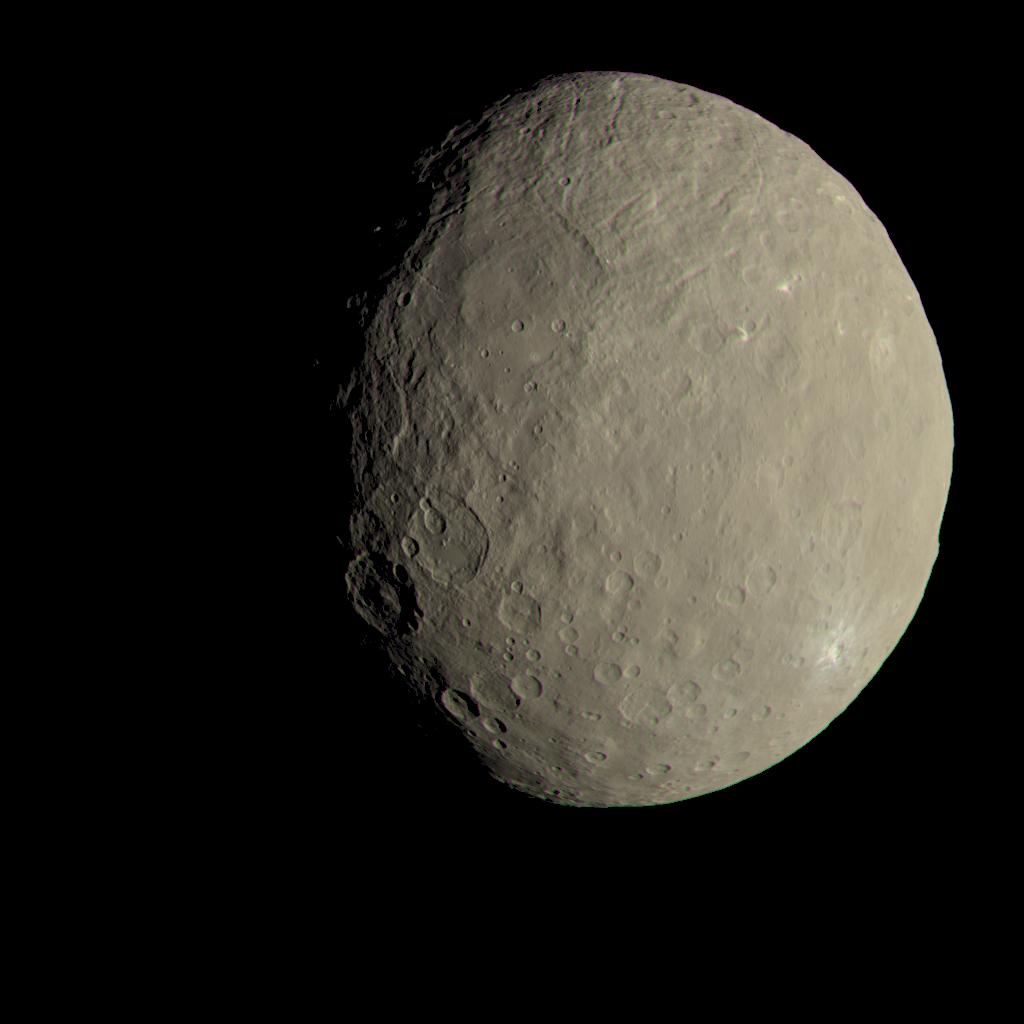
Just a few months ago, NASA confirmed the presence of an ocean of liquid water beneath the surface of the dwarf planet Ceres, located between Mars and Jupiter. Scientists add that the planetoid has cryovolcanism, in which there are eruptions of frozen water. So far, it is known that Ceres’ ocean is also rich in salts, but it is probably not global, although its scale is quite impressive.
6. Ganymede
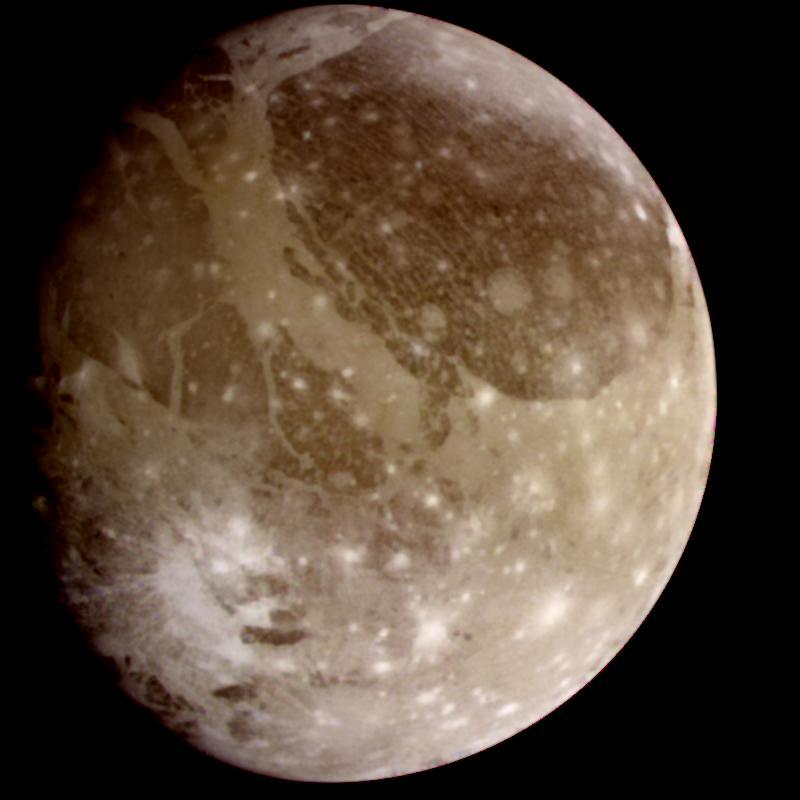
Ganymede is the largest moon in the solar system, and its size is only slightly smaller than that of Mars. The object has a thin atmosphere of oxygen and its own magnetic field.
These facts alone make Jupiter’s moon a very interesting object of study in itself. Scientists from ESA and NASA have discovered that there are layers of liquid water under the icy surface of the moon.
In fact, the layers of ice alternate with layers of water, which remains in a liquid state due to a large amount of salts.
7. Titan

Saturn’s moon, Titan, is arguably one of the most interesting objects in the solar system. It has its own rivers and seas, but not of water, but of liquid methane. Its atmosphere is twice as dense as that of Earth, and there is probably liquid water beneath its surface.
Titan has not yet been studied well enough. However, NASA is planning a mission that could send a submarine or a boat to one of the methane seas. Another probe would study surface conditions to learn more about this world, which is rich in organic chemicals.
8. Callisto
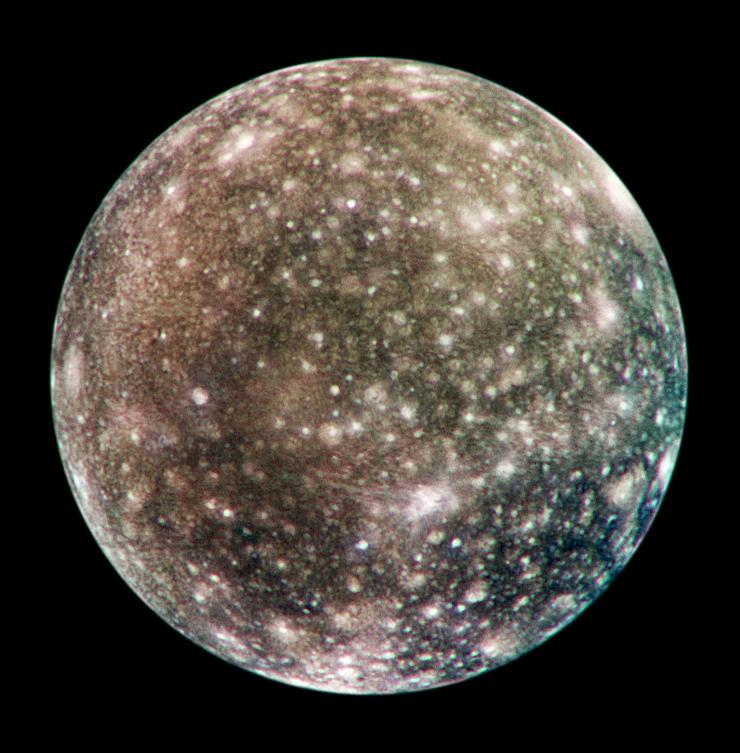
Callisto is the second-largest natural satellite of Jupiter and the third in the Solar System. Callisto’s battered surface lies on a 105-kilometer-thick layer of ice, beneath which is a salt ocean about 10 kilometers deep. The presence of an ocean, even if more than 100 kilometers below the surface of the planet may mean that there is life there.
9. Triton
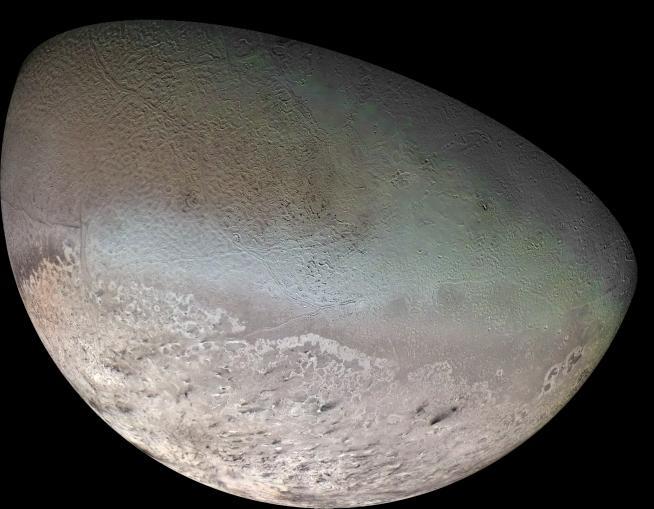
Triton is the moon of Neptune and the coldest known object in the Solar System. Although poorly studied, there is cryovolcanism on the moon. There are also signs of liquid water beneath the planet’s frozen surface. For now, everything remains the result of speculation, because scientists must send a mission to find out whether or not there is liquid water under the surface of the object.
It is possible that NASA will send a probe in the middle of this century and who knows, maybe they will find signs of life elsewhere in the Solar System exactly on Triton.
10. Pluto
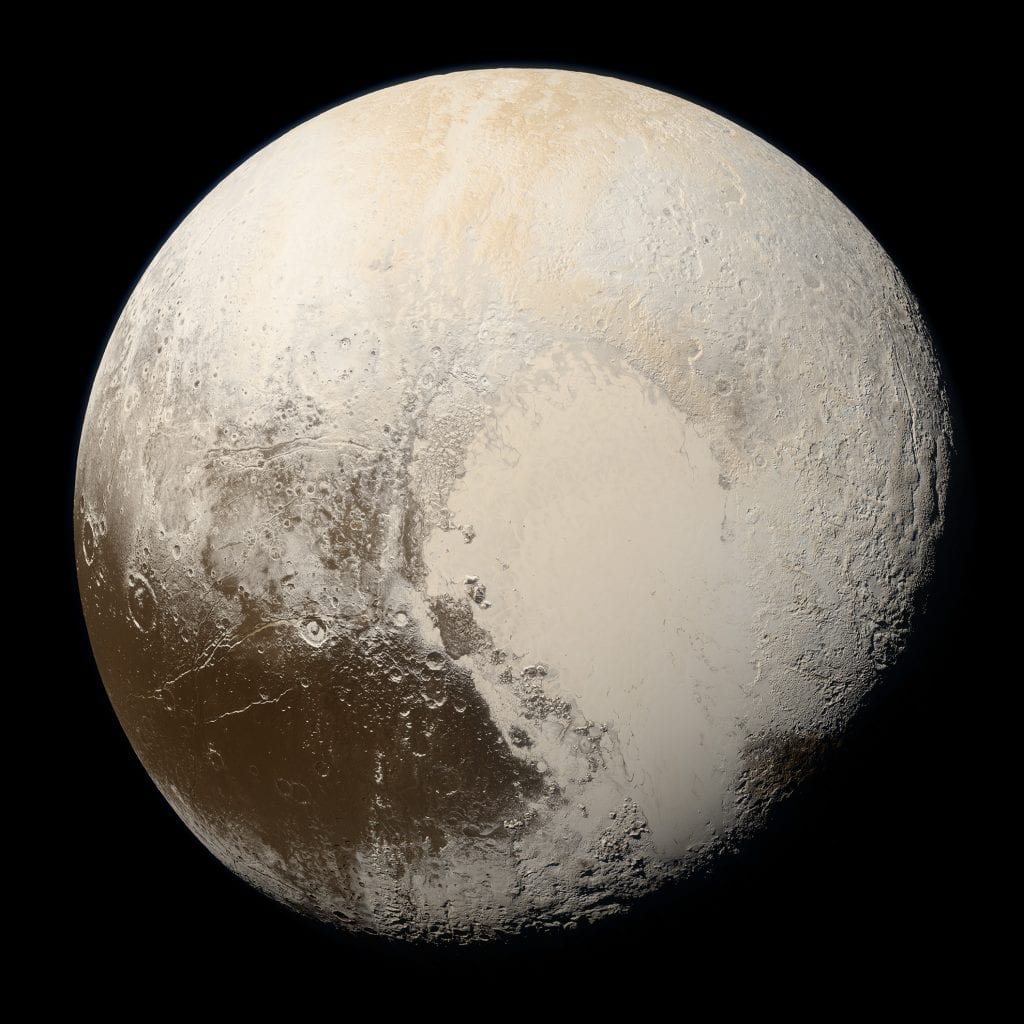
Oddly enough, Pluto has frozen water. Last year, an international team of planetologists from Japan and the United States discovered that there may be a liquid ocean beneath Pluto’s surface, protected from freezing by an insulating layer.
In order for water to exist in liquid form, it is necessary to have a layer of gas hydrates – crystalline solids formed by gas and water. They are very viscous, have low thermal conductivity, and therefore have insulating properties. Without an insulating layer, the ocean beneath the planet’s surface would have frozen completely hundreds of millions of years ago.
As with Triton, finding liquid water beneath the surface requires a special scientific mission to orbit the object. However, such a plan does not exist as of today which leaves Triton as nothing more than a speculative place for life in the Solar System.
Join the discussion and participate in awesome giveaways in our mobile Telegram group. Join Curiosmos on Telegram Today. t.me/Curiosmos



